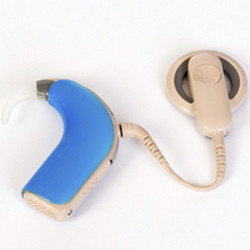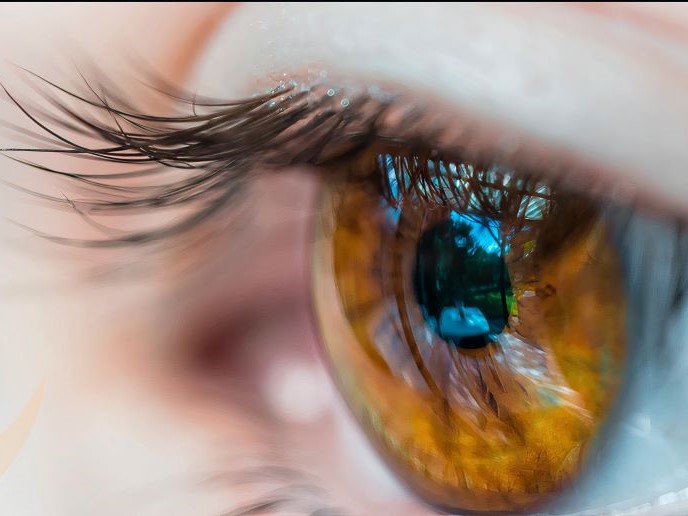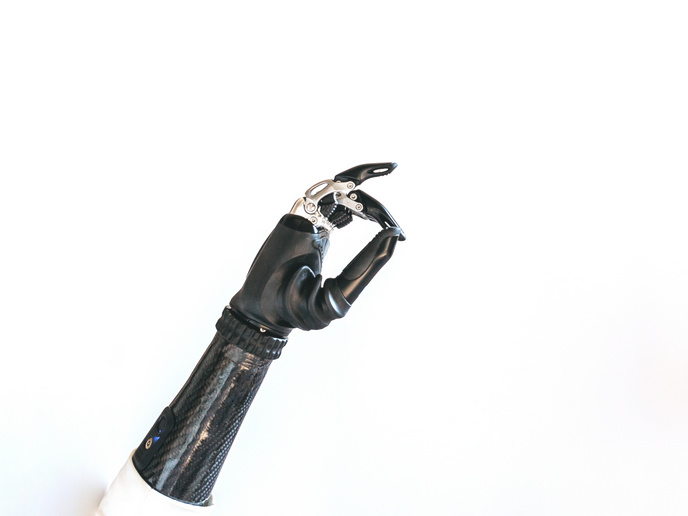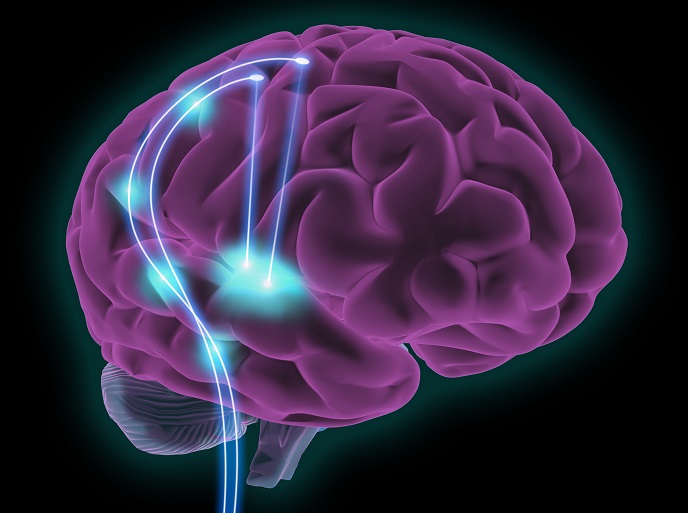Improving cochlear implants
CIs have changed lives by allowing deaf people to understand speech and communicate in quiet environments or over the telephone. The study LFAA advanced understanding of the brain's processing of sound. Sometimes, CI users may have problems with speech recognition when many people are speaking at once. A previous study found that lower frequency hearing enhances sound recognition. This study examined these issues and found that the lower frequency cues combined with the differences in the rate of stimulation improved noise perception. Two new measurement methods were developed for this study and will enhance further CI research. The first method allows a CI to record and measure electroencephalographic (EEG) activity. The second separates the EEG signal from the CI. This allows audiologists to assess a user's speech perception with much greater ease and accuracy. The new technology means that it may be possible to develop a closed-loop CI instead of the currently used open loop. This device could automatically measure neural response and optimise stimulation accordingly. Project research has provided new insights into the mechanisms that allow CI users to understand speech more clearly. The findings will greatly improve the treatment for this population.
Keywords
Cochlear implant, neural processing, brain response, deaf, speech recognition, hearing, sound recognition, lower frequency cue, noise perception, audiologist, speech perception







